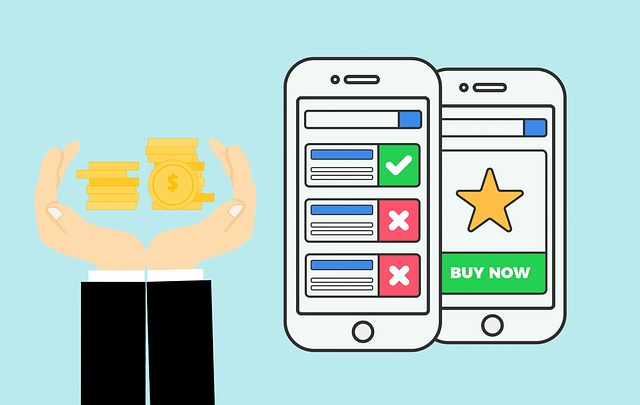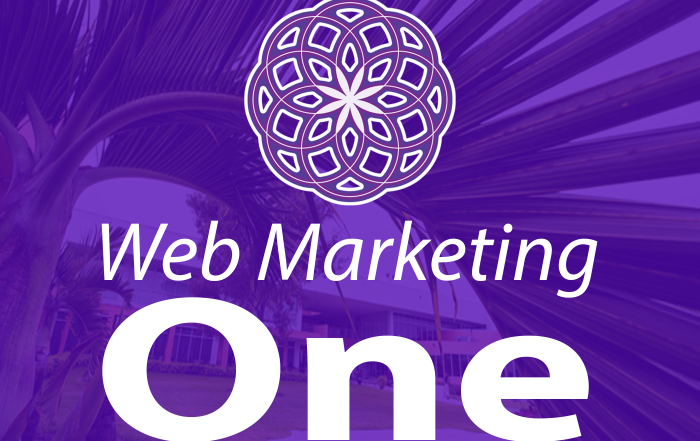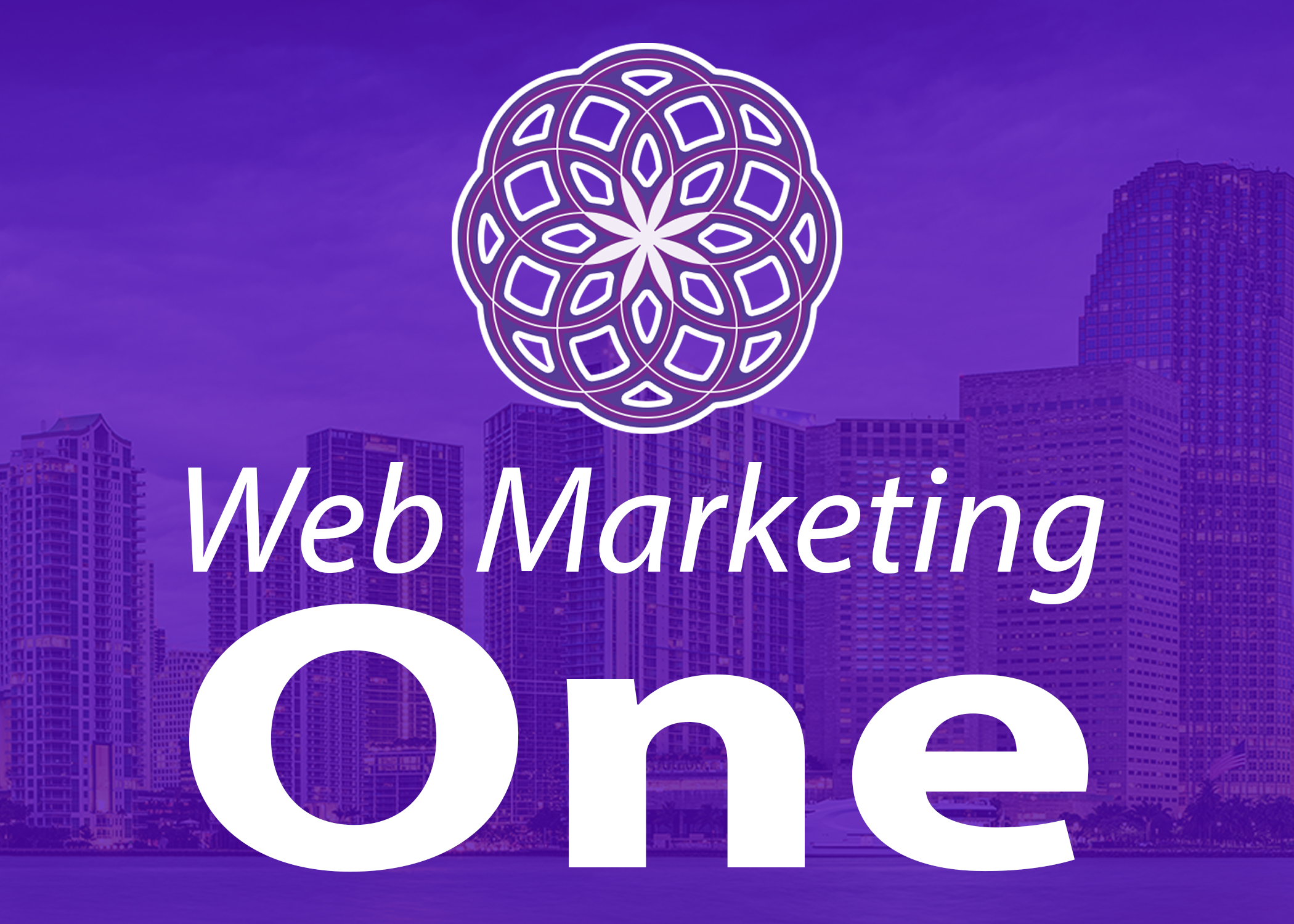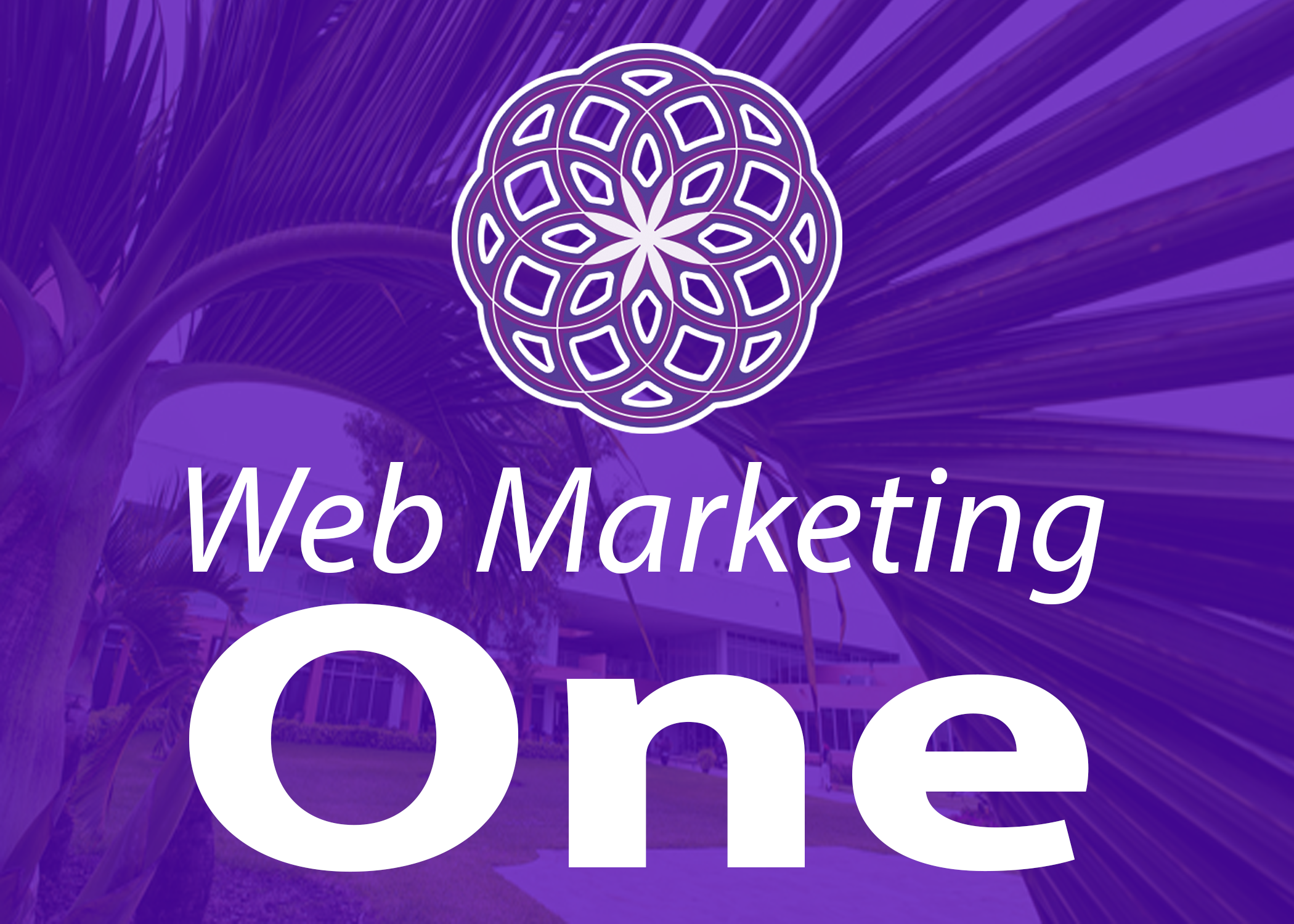Launching Successful Digital Ads Campaigns
The Ultimate How To Guide
Welcome to the ultimate guide for launching successful digital ads campaigns. In today’s highly competitive digital landscape, businesses need effective strategies to cut through the noise and reach their target audience. Digital advertising provides a powerful tool to achieve this goal, allowing businesses to deliver targeted messages and drive conversions. However, launching a successful digital ads campaign requires careful planning, execution, and optimization. In this comprehensive guide, we will take you through the step-by-step process of creating and launching digital ads campaigns that deliver results.
Next, we will delve into the importance of thorough keyword research and ad copywriting to ensure that your ads are not only visible but also compelling to your target audience. We will provide tips on crafting engaging ad copy, incorporating keywords effectively, and optimizing your landing pages to maximize conversions.
Then, we will discuss the significance of audience targeting and segmentation in digital advertising. By understanding your audience’s demographics, interests, and online behaviors, you can create highly targeted ads that resonate with them and increase the likelihood of conversion. We will also explore the role of remarketing and how it can help you re-engage with previous website visitors, encouraging them to convert.
In addition to these core topics, we will cover ad budgeting and bidding strategies to optimize your campaign’s return on investment. We will guide you through setting realistic budgets, monitoring campaign performance, and making data-driven adjustments to improve results.
Our Digital Marketing Services Include
By the end of this article, you will have a comprehensive understanding of how to plan, execute, and optimize successful digital ads campaigns. Whether you are new to digital advertising or looking to enhance your existing campaigns, this guide will equip you with the knowledge and strategies necessary to achieve your campaign objectives.
By following the step-by-step process outlined in this guide, you can create impactful digital ads campaigns that drive meaningful results. Remember, success in digital advertising doesn’t happen overnight. It requires continuous monitoring, testing, and optimization to ensure that your campaigns are effective and delivering the desired outcomes.
As you embark on your digital ads journey, it is essential to stay up to date with the latest industry trends and best practices. Digital advertising is a dynamic field, and strategies that work today may evolve or become obsolete in the future. Embrace the power of data and analytics to gain insights into your campaign performance, make informed decisions, and refine your strategies accordingly.
With the right knowledge, strategies, and perseverance, you can harness the power of digital advertising to drive brand awareness, increase website traffic, and generate valuable leads and sales. Now, it’s time to put this ultimate guide into action and launch successful digital ads campaigns that propel your business towards success.
Launching successful digital ads campaigns is a continuous learning process. Keep experimenting, testing different approaches, and adapting to the ever-changing digital landscape. Remember to track key metrics, such as click-through rates, conversion rates, and return on ad spend, to measure the success of your campaigns and identify areas for improvement.
I. Defining Your Campaign Objectives and Target Audience:
- Why defining campaign objectives is crucial for success.
- The significance of understanding your target audience.
- Techniques for conducting market research.
- Utilizing buyer personas to guide campaign strategies.
II. Choosing the Right Advertising Platforms:
- Overview of different digital advertising platforms (Google Ads, Facebook Ads, etc.).
- Factors to consider when selecting a platform.
- Understanding the strengths and audience reach of each platform.
- How to align platform selection with campaign objectives and target audience.
III. Thorough Keyword Research and Ad Copywriting:
- Importance of keyword research for digital ads campaigns.
- Tools and techniques for effective keyword research.
- How to craft compelling ad copy that drives clicks and conversions.
- Optimizing ad copy for relevancy and CTR (click-through rate).
IV. Optimizing Landing Pages for Conversions:
- The role of landing pages in digital ads campaigns.
- Best practices for designing landing pages that convert.
- Techniques to improve page load speed and mobile optimization.
- Strategies for A/B testing and optimizing landing page performance.
V. Audience Targeting and Segmentation:
- Understanding the importance of audience targeting and segmentation.
- Techniques for defining and refining target audience segments.
- Leveraging demographic, psychographic, and behavioral data for targeting.
- Personalizing ad messaging and creative for different audience segments.
VI. Harnessing the Power of Remarketing:
- The concept of remarketing and its benefits.
- Setting up remarketing campaigns across different platforms.
- Strategies for creating compelling remarketing ads.
- How to effectively track and measure remarketing campaign performance.
VII. Ad Budgeting and Bidding Strategies:
- The significance of setting realistic ad budgets.
- Understanding different bidding strategies (CPC, CPM, CPA, etc.).
- Techniques for optimizing bids and maximizing ROI.
- The role of monitoring and adjusting budgets based on campaign performance
Get a Call From Us!
Here’s what you can talk about with us:
V. Harnessing the Power of Remarketing:
Remarketing is a powerful strategy that allows you to re-engage with users who have previously interacted with your website or app. By showing targeted ads to these users as they browse other websites or platforms, you can remind them of your brand and entice them to return and complete a desired action.
- Set Up Remarketing Lists: Begin by creating remarketing lists based on specific actions or behaviors on your website, such as visiting a product page or adding items to a shopping cart. You can also create lists based on different levels of engagement, such as frequent visitors or high-value customers.
- Create Compelling Remarketing Ads: Craft ad creatives that speak directly to your remarketing audience. Highlight the benefits of your products or services and consider offering incentives to encourage them to take action. Personalize the messaging based on their previous interactions to make the ads more relevant and engaging.
- Implement Remarketing Tags: Install remarketing tags or pixels on your website to track user interactions and build your remarketing lists. These tags enable you to track specific actions, such as page views or conversions, and include the users who performed those actions in your remarketing lists.
- Set Up Remarketing Campaigns: Create dedicated remarketing campaigns on your chosen advertising platform. Specify the remarketing lists you want to target and customize the ad settings accordingly. Adjust bidding strategies and budgets specifically for remarketing campaigns to maximize their effectiveness.
- Monitor and Optimize: Regularly monitor the performance of your remarketing campaigns. Pay attention to metrics such as click-through rates (CTR), conversion rates, and return on ad spend (ROAS). Identify underperforming ads or audiences and make data-driven optimizations to improve results. Test different ad variations, messaging, or targeting options to find the most effective combinations.
VI. Ad Budgeting and Bidding Strategies:
Setting a realistic budget and implementing effective bidding strategies are crucial for optimizing the return on investment (ROI) of your digital ads campaigns. Here’s a step-by-step process to help you manage your ad budget and bidding effectively:
- Determine Your Ad Budget: Start by defining your overall ad budget for a specific campaign or timeframe. Consider factors such as your business goals, industry competition, and the estimated cost per click (CPC) or impression (CPM) on your chosen advertising platform.
- Allocate Budget Across Campaigns: Divide your total ad budget among different campaigns or channels based on their priority and potential ROI. Allocate more budget to campaigns that have historically performed well or have a higher conversion rate.
- Set Bidding Strategies: Select the appropriate bidding strategy for your campaigns. The most common strategies include cost per click (CPC), cost per thousand impressions (CPM), or cost per acquisition (CPA). Each strategy has its own advantages and suitability depending on your campaign objectives.
- Test and Adjust Bids: Monitor the performance of your ads and adjust bids accordingly. Increase bids for keywords or placements that generate a higher conversion rate or return on investment. Decrease bids for underperforming keywords or placements to optimize your budget allocation.
- Monitor Performance and Refine: Regularly review the performance of your campaigns and make data-driven decisions. Analyze key metrics such as CTR, conversion rate, and cost per conversion. Identify trends, patterns, or areas of improvement and refine your strategies accordingly. Consider leveraging automation tools or machine learning algorithms provided by the advertising platforms to optimize your bidding strategies.
Remember, ad budgeting and bidding strategies are not set in stone. They require continuous monitoring, analysis, and adjustment to maximize the effectiveness of your campaigns and achieve your desired outcomes.
VII. Tracking and Optimization:
Tracking the performance of your digital ads campaigns is essential for understanding their effectiveness and making data-driven optimizations. Here’s a step-by-step process to help you track and optimize your campaigns:
- Define Key Performance Indicators (KPIs): Determine the metrics that align with your campaign goals. These may include conversion rate, click-through rate (CTR), cost per conversion (CPC), return on ad spend (ROAS), or other relevant metrics. Set benchmarks or targets for each KPI to measure your campaign’s success.
- Implement Conversion Tracking: Install conversion tracking codes or pixels on your website to track and measure the actions users take after clicking on your ads. This could include form submissions, purchases, or other desired conversions. Ensure that the tracking is properly set up and accurately attributing conversions to the respective ads or campaigns.
- Utilize Analytics Tools: Use analytics tools, such as Google Analytics, to gain deeper insights into your campaign performance. Analyze user behavior, engagement, and conversion paths to identify trends, patterns, or areas for improvement. Make data-driven decisions based on the insights derived from these tools.
- A/B Testing: Conduct A/B tests to compare different ad variations, landing pages, or targeting options. Test one variable at a time to isolate the impact of each change. Monitor the performance of each variation and determine the winning elements that generate better results.
- Continuous Optimization: Regularly review and optimize your campaigns based on the data and insights you gather. Adjust bids, ad copy, targeting parameters, or landing page elements to improve performance. Monitor the impact of your optimizations and make adjustments as needed.
Now, armed with the knowledge and strategies provided in this ultimate guide, it’s time to launch successful digital ads campaigns that propel your business towards new heights of success.
Conclusion:
In conclusion, launching successful digital ads campaigns requires a step-by-step process that encompasses defining campaign objectives and target audience, choosing the right advertising platforms, conducting thorough keyword research, crafting compelling ad copy, optimizing landing pages, utilizing audience targeting and segmentation, harnessing the power of remarketing, setting ad budgets and implementing effective bidding strategies, and continuously tracking and optimizing campaign performance.
By following the step-by-step process outlined in this guide and leveraging the power of digital advertising, businesses can reach their target audience effectively, drive conversions, and achieve their campaign objectives. Remember, success in digital advertising comes with continuous monitoring, testing, and optimization. Stay updated with industry trends and best practices, track key metrics, and make data-driven decisions to ensure the success of your digital ads campaigns.
Now, armed with the knowledge and strategies provided in this guide, it’s time to launch successful digital ads campaigns that propel your business towards new heights of success, contact us today for help managing your project.
By consistently tracking and optimizing your digital ads campaigns, you can refine your strategies, improve campaign performance, and achieve better results over time.
- Website SEO Audit
- Keyword Research
- Competition Analysis
- Digital Strategy Building
- Google Configuration

Recent Posts
Questions About Digital Marketing?
Get Help Now. Call For Questions About:
- SEO Marketing
- PPC Marketing
- Consulting Services
+1 (954) 798-4724










